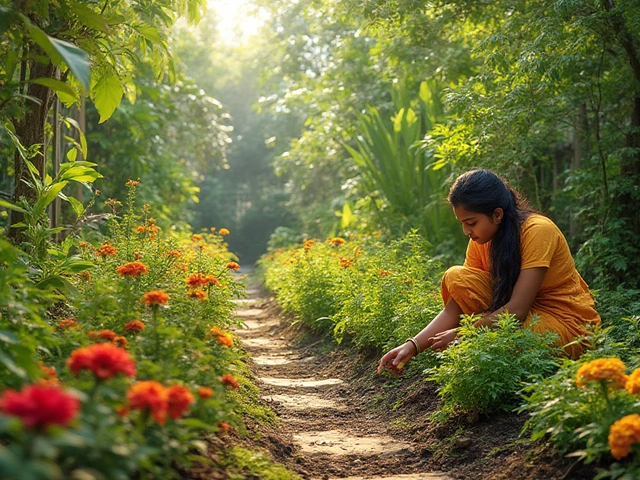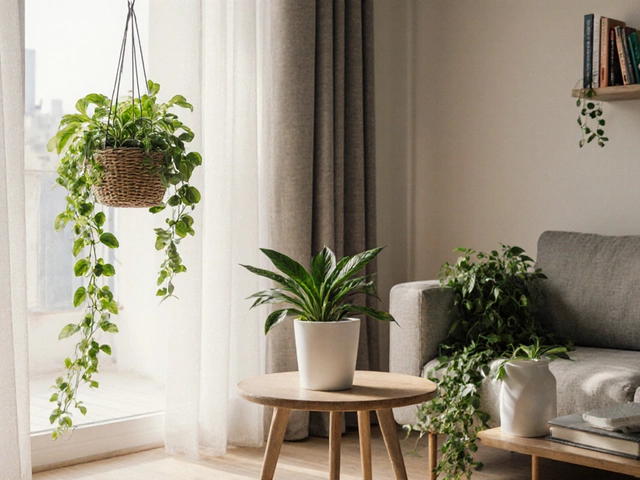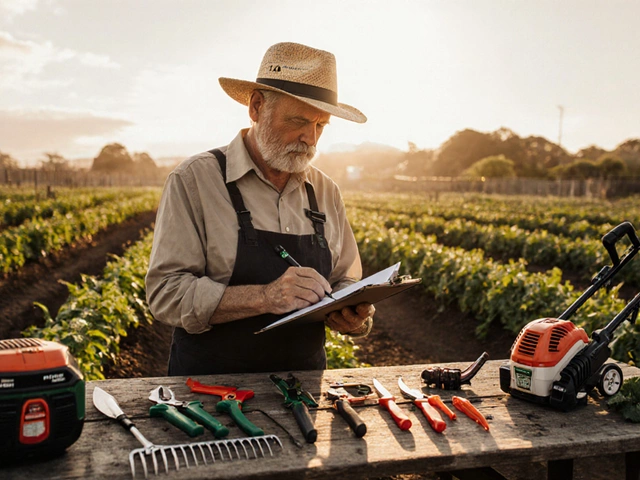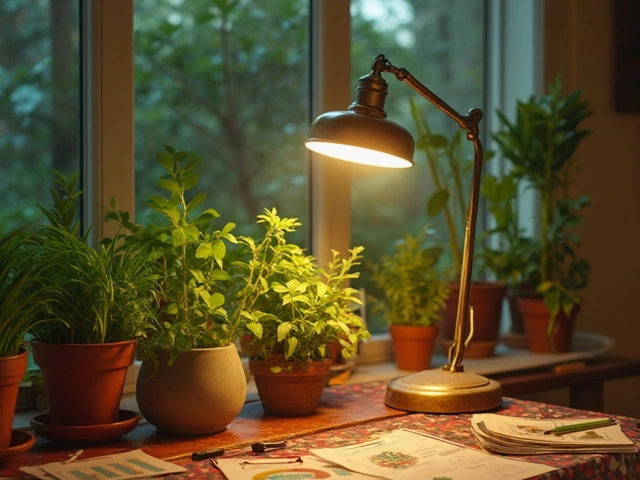Drip Line Basics: What Every Gardener Should Know
If you want to save water and keep plants happy, a drip line is a simple tool that does the job. It’s just a thin tube that delivers water right to the root zone, so nothing drips onto the leaves or the walkway. This means less evaporation, less weed growth, and healthier plants.
Most beginners wonder if they really need a drip line. The answer is yes if you have a garden that needs regular watering, especially in hot Indian summers. A well‑installed drip line can cut water use by up to 50% compared to sprinklers.
Choosing the Right Drip Line for Your Garden
There are two main types: surface drip lines and subsurface drip lines. Surface lines lie on top of the soil and are easy to lay down. They’re great for raised beds, vegetable rows and flower borders. Subsurface lines are buried a few inches deep, which protects them from UV damage and makes the garden look tidy.
When picking a line, check the flow rate. A typical garden needs 2‑4 liters per hour per emitter, but you can adjust based on plant size. Also, look for UV‑resistant tubing if you plan to keep it on the surface for a long time.
How Deep Should You Bury Your Drip Line?
The ideal burial depth depends on your soil and climate. In loose, sandy soil, bury the line 2‑3 cm deep so roots can reach it quickly. In heavier clay, go a bit deeper – 4‑5 cm – to keep the tube from being crushed.
Before you dig, test the moisture level about 5 cm below the surface. If it stays moist for a day after watering, you’ve hit the sweet spot. Too shallow and the line may get exposed; too deep and water may not reach the roots efficiently.Don’t forget to add a small layer of mulch over the buried line. Mulch protects the tube, reduces weed growth and keeps the soil temperature steady.
Installation is easier than you think. Lay out the main line along your garden beds, then attach emitters every 30‑45 cm for vegetables or every 60‑90 cm for shrubs. Use quick‑connect fittings – they snap in place without tools.
Once everything is in place, run a short test with water. Look for leaks, check that each emitter drips steadily, and adjust the pressure regulator if needed. Most drip systems work best at 10‑30 psi; higher pressure can damage the tubing.
Maintenance is simple: flush the line at the start of the season by running water through it for a few minutes. This clears any dust or debris that might block emitters. Also, inspect the line for cracks after a few weeks of use, especially if you’ve laid it on the surface.
Cost can be a concern, but you don’t have to break the bank. A basic 100‑meter surface drip line costs around ₹800‑₹1200, while buried systems are a bit pricier because of extra fittings. Look for bulk packs or local suppliers to save money.
Common mistakes to avoid: putting emitters too close together, using the wrong pressure, and forgetting to prime the system. If you notice uneven watering, check for clogged emitters – a simple needle can clear them.
In short, a drip line is a low‑maintenance, water‑saving tool that works for any garden size. With the right depth, proper spacing, and a quick seasonal flush, you’ll keep your plants thriving while cutting your water bill.
Drip Tape vs Drip Line: The Ultimate Guide for Efficient Watering
Confused about drip tape or drip line? Cut through the confusion with this 2025 hands-on guide, packed with real comparisons, practical tips, and clear stats for gardeners.
About
Drip Irrigation
Latest Posts


How Often Should I Fertilize Tomatoes? Simple Timing for Big Harvests
By Alden Thorne Apr 21, 2025

Top Easy Houseplants for Beginners - Low‑Maintenance Indoor Greens
By Alden Thorne Oct 7, 2025

Best Garden Tool Brands on the Market
By Alden Thorne Oct 15, 2025

